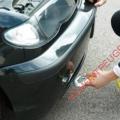First of all, you need to figure out what a CV joint boot is, and why it can break. CV joint - joint of equal angular velocities - a node that is present in almost every modern car... Its function is to transfer torque from the axle shafts to the drive wheels, which are also guides. Moreover, the CV joints have such a successful design that they practically do not lose torque. As it became clear from their purpose - these hinges are installed on front-wheel drive and all-wheel drive vehicles.
The CV joint has a high cleanliness of the contacting surfaces, so it must be reliably protected from aggressive environment: water, dust, dirt, etc. To ensure this protection, a special shaft is installed on the shaft on which the CV joint is mounted. protective element - anther. It is a plastic or rubber cone. To make it clearer, look at the photo:
It usually comes with what you see in the photo:
- clamps for fastening it to the hinge;
- retaining ring;
- cV joint grease.
How to check if it works
Before making a replacement or, as in our case, a repair, you should make sure it is necessary. Simply put, to understand whether integrity is violated or not. This can be done in several ways. First, listen to your car. Start the car, switch it to the front (the first for cars with manual transmission) gear, turn the steering wheel all the way to either side. After that, sharply squeeze the gas until it stops. If during this maneuver you hear extraneous sounds (crackling, clicking, whistling) from the front wheels, it is necessary to inspect the condition of the anthers.
Secondly, there are several visual ways. Inspect wheel disks... The presence of a thick black substance on them indicates that the anther has torn, and the grease is splashed out. If this is actually the case, do not continue driving under any circumstances.
Thirdly, you can directly inspect the boot itself. To do this, turn the wheel all the way out so that you can clearly see the boot. Make sure that it has no visual defects: cracks, cuts.
How to repair
If the boot is still out of order, and you don’t want to buy a new one (we strongly recommend changing your mind) or you are waiting for it to arrive, it is possible to glue the boot of the CV joint.
First option - use rubber patcheswhich are usually used for car tires... In principle, the method should justify itself, because the boot and the wheel are operated in approximately the same conditions. Take care of the purchase in advance:
- car tire patches;
- external lubrication SHRUS;
- sealant;
- kerosene for cleaning.
So, first, clean the surface and apply a patch according to the instructions. It will look something like this:

Fill the patch with sealant for added security. After that, theoretically, you can go further. That is, this replacement method, in principle, allows you to glue the CV joint boot without removing it. However, this carelessness can be costly if dust or water gets into the hinge itself. Therefore, it will be better to remove the boot. Clean both it and the hinge. Re-fill with grease and secure it securely with clamps.
Important! This method is suitable for repair only rubber boots, not plastic!
The second option is more like a repair in the field than a planned gluing. Nevertheless, those who applied it talk about its reliability, and most importantly, the speed of implementation and extreme cheapness. For such a repair you will need:
- plastic bag (stronger);
- scotch;
- cV joint grease.
Of course, you first need to jack up the car, remove the wheel and remove the dirt from the surface. Then, using a syringe or any other similar tool, fill the boot with grease. It is better, of course, to remove it, rinse it and fill it, but you can also do it through the hole that has formed in it. Next, take a plastic bag and wrap it around the boot and part of the shaft. Don't forget to push the bag into the grooves. Spin the wheel (always in the direction of travel!) To make sure that your structure can move freely. Now it remains only to rewind it all with scotch tape. Try to get not ordinary stationery tape, but a special car tape (with the addition of metals for greater durability).
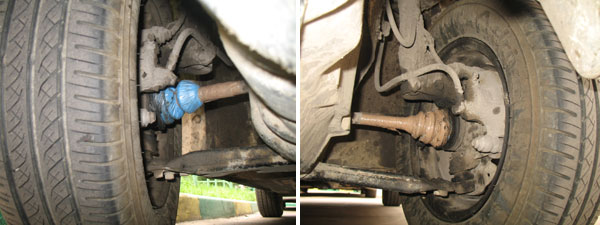
If you still have questions about repairing the CV joint boot with your own hands, watch this video. In it, the second repair method is presented in sufficient detail and clearly:
- Anther types and their difference.
- What is a boot and why is it needed.
Duster - from the name it becomes clear that this device must somehow be associated with dust or dirt, and you are not mistaken. The boot serves to protect the moving parts from contamination, because, as you know, dirt and sand are an excellent abrasive that reduces the service life of a part many times over. In addition, the boot often serves as a container for grease and prevents grease from flowing out. An excellent example of this is the CV joint boot or ball joints, but more on that later.
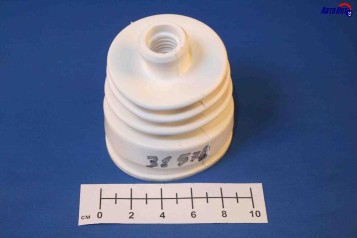
- Anther types and their difference.
The boot is most often a rubber product made in the form of a cone, assembled at the same time into an accordion. This is done so that the boot is mobile, as it is installed most often on moving and critical parts of the car. Rubber boots are very durable and strong, their big plus is that due to the rubber used as a basis, the boot is very mobile and can deform without damage to itself. Striking examples of such anthers are: CV joint boot, steering rack boot, tie rod tip and ball joint boot. These anthers are constantly subjected to torsional and tensile stresses. Anthers are fastened with clamps or retaining rings. The disadvantages of rubber anthers are that, like any product, they have a service life and, if not carefully used, the anthers break, and in the cold they harden and crack from stress.
Plastic and silicone anthers. In fact, these are analogs of rubber anthers made of a different material. Plastic boots are renowned for their resistance to mechanical damage, and silicone are resistant to large temperature fluctuations.
Metal anthers. Yes, yes, there are such. A striking example of such anthers is the anther located on steering knuckle, and protects from dust and dirt wheel bearing already subject to enormous loads. The metal boot is hammered into the groove between the parts.
- When and why to change the anthers.
As I wrote above, the anthers serve to protect against dirt, respectively, if the boot is damaged, it immediately gets stuffed with dirt and, mixed with grease, crumbles the bearings and "gnaws" the cracks, leaving behind a development.
If the boot is damaged, and grease creeps out from under it, then such a boot must be replaced and a new one filled with grease. It is worth doing the same with a cracked boot, so as not to reap the "benefits" later.
- Do-it-yourself anther replacement in a garage.
Five paragraphs earlier, I told you that the anthers are attached to clamps, retaining rings, or simply clogged. And it would seem that everything is extremely simple, unscrew the clamp and change the boot, but then the main snag awaits. Removing the old boot is not difficult, because it is enough to cut it, but in order to put on a new one, you need to free the edge of the part.
Replacing the anther of the CV joint of the angular velocities of the VAZ 2109.
- First you need to unscrew the grenade from the hub. This is done with a 30 mm head using a small lever.
- We pull out the hub so that the CV joint gets off the splines and crawls out.
- It remains to remove the grenade from the drive.
- We cut the old boot and clean out the old grease, this can be done with diesel fuel or special fluids.
- We put on the boot on the axle, lubricate the bearing with grease "for CV joints" and fill the boot itself with it.
- On one side and on the other, we squeeze the boot with clamps.
- Install the CV joint in place and fasten the wheel.
Any car contains a significant number of moving parts and connections from the outside and the engine compartment. This is especially true for front-wheel drive cars, steering and suspension.
Long-term and trouble-free operation of mating parts and connections depends on the lubrication and cleanliness of the rubbing surfaces. If third-party objects such as sand, dust and dirt get into lubricantsused to lubricate the rubbing elements, as well as on their surface, then they act as abrasive materials that lead to intensive wear of the rubbing elements. Any structural element that has mating parts from the effects of contaminating particles very quickly fails.
SHRUS design
Anthers are used. They are located at the top and prevent contaminants from entering the shock absorber rod. They do not perform such a protective function as on SHRUS or ball bearings, since the fit of the rod into the shock absorber body is already tight enough to keep dirt out. The shock absorber anthers are more likely designed to clean the stem from large contaminants. And since the stroke of the shock absorber rod is large enough, often the shock absorber boot is not fixed at all and is held by fitting the boot.
On the one hand, many consider this protective cover to be a minor detail, on the other hand, the masters at the service station first of all check them. After all, if it is torn, then soon expect this unit to break. Today I want to talk to you about anthers, as an integral part of the front suspension, on many parts of the car. What is it, what is it for, where it is applied, of course, there will be live photos ...
What is it, definition
Anther - This is a protective case, in the form of an "accordion", which is made of rubber or high quality silicones. The main task is to increase the service life of the node or device that it protects. It should be noted that the use of anthers increased the resources of many elements not just by several times, but tenfold.
Where is applied
Anthers are mainly installed on the moving elements of the front and rear suspension, for each node they are their own and differ structurally, as can be found on:
- Shock absorbers, many will now say that these are not anthers, but covers, but in fact the function is the same, so you can attribute them here. In fairness, it's worth noting that sometimes there are plastic rather than rubber.
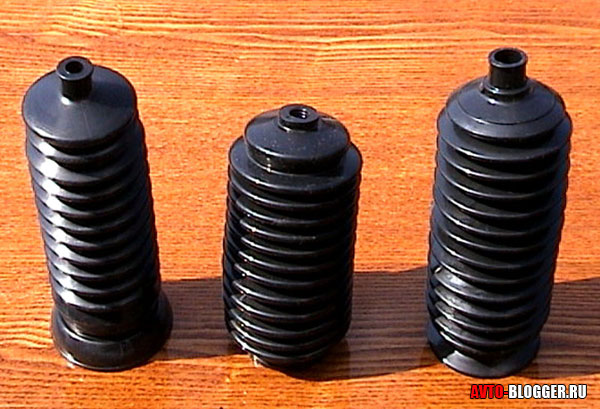
- CV JOINTS. Front grenades, also protected by rubber covers
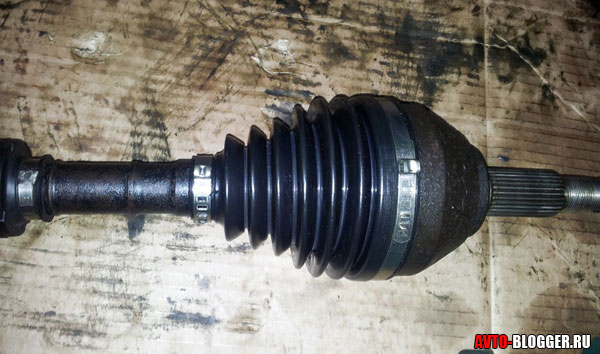
- Steering rack. There are only two of them here
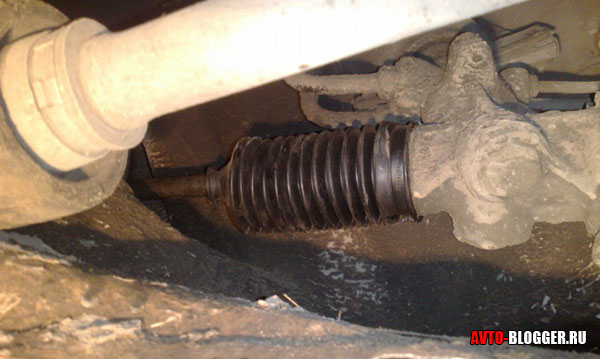
- Ball joints and steering tips

- On the clutch fork ( mechanical box gear)
- Some stabilizer models
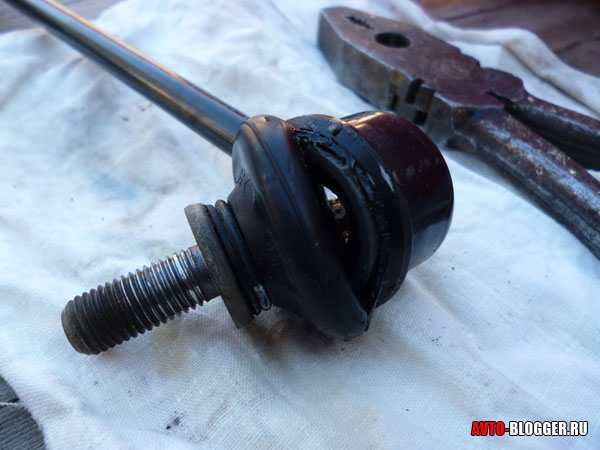
To be honest, in various modifications the car can be quite a lot and different. For example, many automakers even protect door rods in such covers. Once I read the information that there can be about 40 - 60 anthers in the car, but only 10 - 20 perform really important tasks.
Main function
As I said from above, the main task is to protect the nodes from dirt, dust, and especially sand and moisture. So in front wheel drive especially strongly protect CV joints, steering rack and ball joints.
And why is all this necessary? It's just that these elements have connections that must work hermetically; if moisture or dust gets in, the units begin to wear out quickly. So for example, in SHRUS there are spherical elements that go along special grooves, if moisture or sand gets into these grooves, they will quickly wear out. The moisture will oxidize them - which will bring rust, but the sand will work like an abrasive, simply grinding off the grooves and the balls themselves.

Steering rack - has a shaft that passes through the guides and seals, it must also be protected by a boot, if there is no protection - the shaft begins to rust, sand gets into its "work" places, the seals break and begin to leak. Shaft guides, as a rule, are made of polymers, when the shaft is run in sand or rust, they also quickly fail.
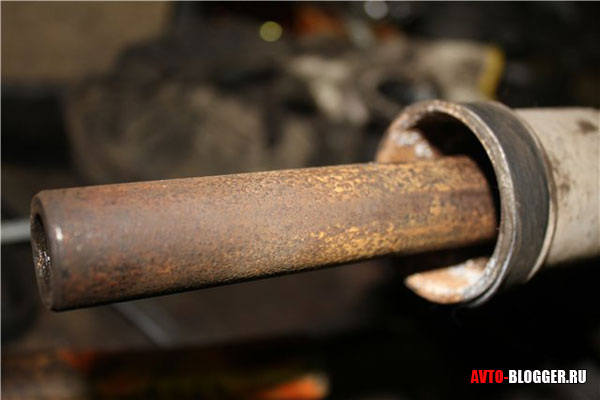
Ball and steering bearings , one of the most loaded parts. They have a so-called finger in their structure, with a hinged tip and polymer inserts, if sand gets between them, then the polymer breaks down very quickly. The boot is a must here.
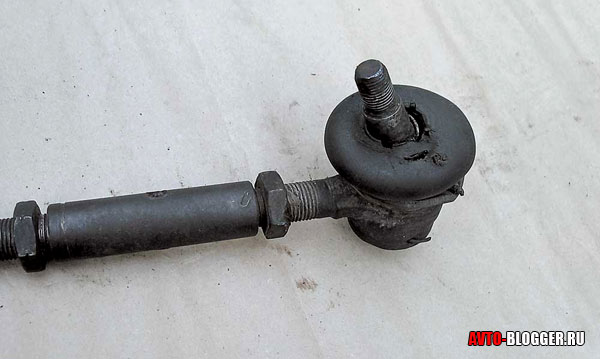
And these are only the main elements, all of them must be protected reliably from dust and dirt, otherwise expensive repairs or even an accident spherical bearing with severe wear, it can simply fall apart, the car wheel will lie on its side, but what if this happens while driving? The consequences can be dire.
Wear resistance
The material used in the manufacture of the boot must withstand very heavy loads.
- High temperatures, should not melt or crack at extreme positive values.
- Low temperatures, should not "tan" in frost
- Should handle wear perfectly, i.e. friction protection
- Break work. Must withstand torsion and kink
Previously, anthers were made mainly of rubber, but this material was far from perfect, so it could dry out in summer, and in winter it could also tan. Small cracks or breakouts appeared.

Therefore, then the production technology was slightly changed, now new rubber compounds with improved characteristics, or more advanced silicones are used. In any case, the boot must be very durable to withstand high loads, because its service life is calculated for many thousands of kilometers.
Anther resource
Ideally, this protective cover should walk the entire life of the assembly or part it protects. So, for the sake of example, on the steering rack it can travel 150,000 kilometers, on the CV joint about 100 - 120 thousand, but on the ball about 70 - 100,000.

However, with bad road surface, for example - uncleaned roads in winter or concrete, rubble in summer, it can be damaged even with low mileage. For example, my friend managed to damage it during a run of 3000 km, went to the dacha like that, a rod was sticking out of the rubble, he then tore the boot of the CV joint.
So, ideally, you should cover the bottom of the car with metal protection, so you can indirectly increase the resource of the "working" anthers.
Is it possible to replace
To be honest, many do not notice these elements at all and even if they are torn, they continue to ride on them, this is not right,. After all, a timely replaced boot will greatly extend the resource of your node.
Otherwise, 500 - 1000 kilometers will need to be changed! Do you need it? For example, try replacing the steering rack, the price tag is not small at all. YES and CV joint is not cheap.
Now many may ask the question - is it possible to buy a separate boot? YES, of course you can, for example, many dealers have a stock in stock, and even if you have run out of warranty, you can find analogues in spare parts stores.
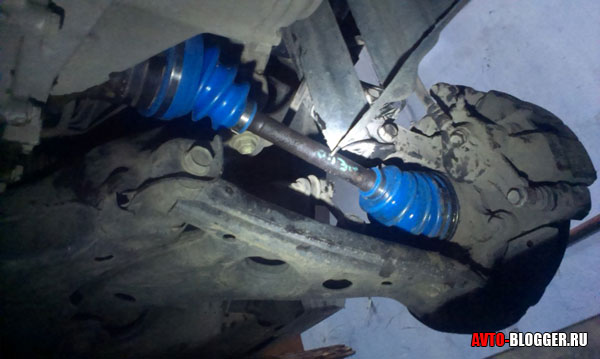
What I would like to say in conclusion - GUYS change these elements at proven stations, because when replacing it will be necessary to remove (partially or completely) the entire unit, if removed incorrectly, it can be damaged. For example, ball and steering tips are easily broken, and a grenade can be damaged.
Here is such a necessary detail, I think - the material was useful, read our AUTOBLOG
Greetings to everyone reading this b / w! :)
There are now almost any, even the smallest auto parts store, aerosol cans of silicone lubricant for every taste and wallet. I will not repeat the properties of this universal grease. But as you read the reviews of the people, this type of lubricant is used somehow one-sidedly. Like anointed rubber seals, rugs, sprinkled into locks, processed tires. One eccentric even wrote that he splashed the wiper blades with such silicone - he spat that he barely wiped off the glass from stains :)) But that's not the question. In any car from below:), and even on the Niva, there are so many rubber anther covers that protect vital important nodes from moisture, dirt and, accordingly, from rapid wear + brake hoses of course.
These rubber bands, and even silicones, require constant attention. Especially relevant in winter period... Frozen mud, ice melting from salt or any other chemicals on the road, or sharp grains of compressed snow-ice off the road wipe or break through the elastic bands that have lost their elasticity in the frost very effectively. And after the end of winter in the heat, they are simply covered with a net of small cracks and torn ... You probably shouldn't describe how laborious it is to replace the boot of the inner CV joint: ((
Do not know who how, but me as a rule at the beginning of each winter season
external treatment of these critical rubber products with silicone grease. Moreover, for the entire period that the machine I still have more than one rubber band in cold weather, after climbing in the snow it did not crack :) I tried different lubricants: RW6085, BBF, WD-40 / only silica, not legron! /
All with approximately the same result stick to rubber, silicone, plastic. And the price is about the same. Very flattering about silicone grease Hi Gearbut it costs 2 times more ...
In general, from my experience, I advise you, but decide whether to do it or not :))
Long years of service and many kilometers to your typewriters!
With respect.
Eugene
These are the universal silicone greases RW 6085, WD-40 silicone, BBF used in different years.

And now after 500 km of winter roads. Here is the cover of the inner CV joint - elastic, shiny from grease :)





